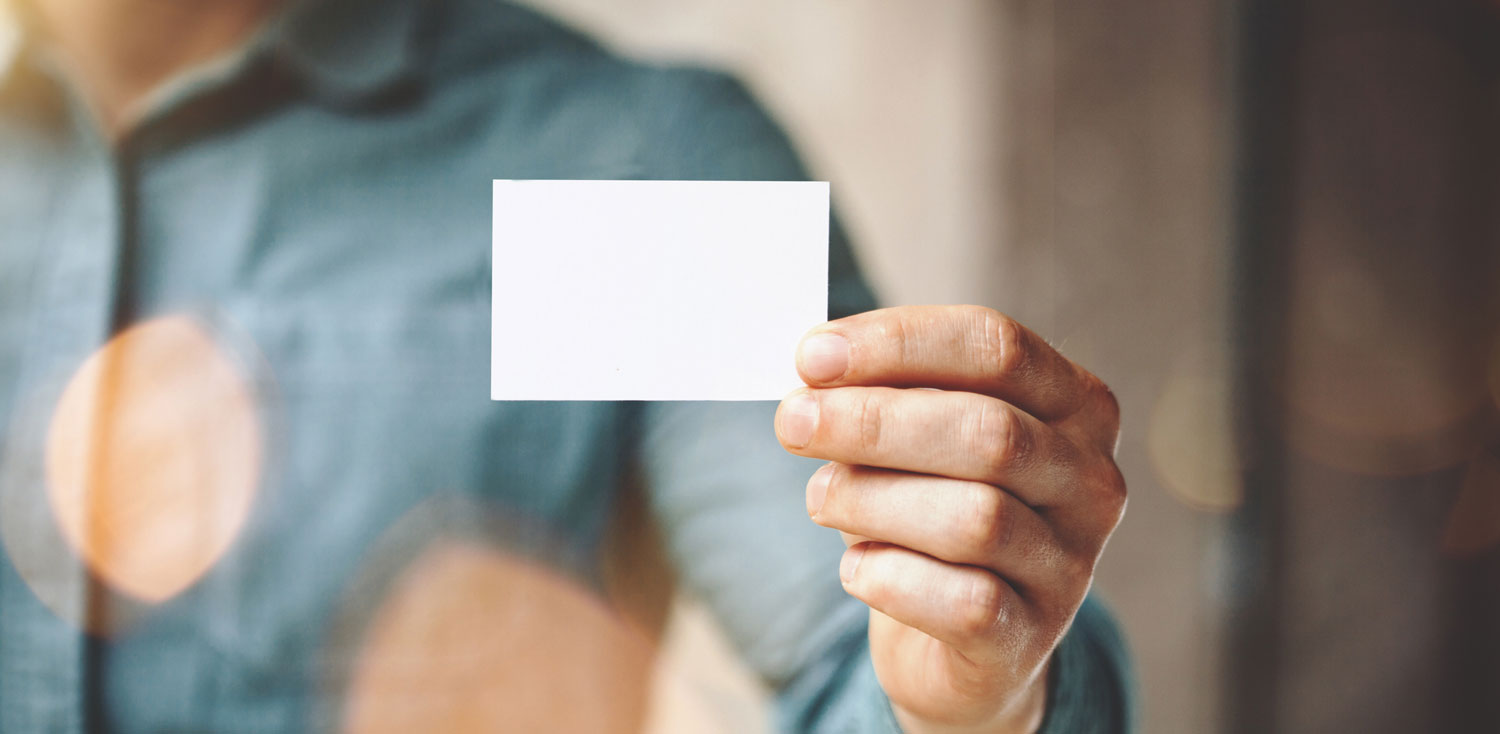The printed business card is thought to have originated in China in the 1400s, but does the digital age signal its demise?
What is the business card’s value?
On the surface, a business card conveys a name, company, job title and contact details, but its design can also provide an insight into a brand’s personality. Business cards were once regarded as a status symbol and their exchange is still essential to business etiquette in countries such as Japan.
Has the card had its day?
While Australia’s printing industry as a whole is experiencing a decline, Australian digital business card company Haystack is experiencing significant growth. “Our users have created 150,000 new digital cards in the past four weeks and the numbers push higher and higher each month,” says Haystack founder and chief executive Ran Heimann. “In less than 18 months we have clients including Fortune 500 companies, we have L’Oréal, US telco Horizon, and Deloitte Digital.”
As the workforce becomes more transient, printed business cards can seem like a waste. Our wallets are also becoming digitised and much of their contents can now be stored on a smartphone. Heimann notes that a business card also carries less status today. “A lot of younger people now see trading business cards as a chore. The company makes them carry them. It’s not a point of pride any more.”
“A lot of younger people now see trading business cards as a chore. The company makes them carry them. It’s not a point of pride any more.”
What’s the alternative?
To date, the business card’s demise has been somewhat exaggerated, largely due to the lack of an efficient digital alternative. While vCards, a file format standard for electronic business cards, can be useful, they lack a richness of data and merely reflect the content of a printed card. Some digital apps include bells and whistles, such as photographs and social media links, but their success depends on everyone having the same app on their phone. And with more than two million apps on the App Store, that seems unlikely. Apps such as Haystack, however, allow you to create and share business cards with people whether they have the app or not and also automatically update details should you score a promotion or new job.
Will print and digital combine?
Printed business cards remain relevant, particularly in some Asian cultures, but Heimann says there may be a way to give a digital card a physical presence. “Imagine a physical card that looks like a business card, but when you touch it, it actually opens up the card on your phone. The lines between physical and digital are blurring across all industries. It’s not going to happen tomorrow, but I don’t think that paper, the way we know it, will continue into the future.”



